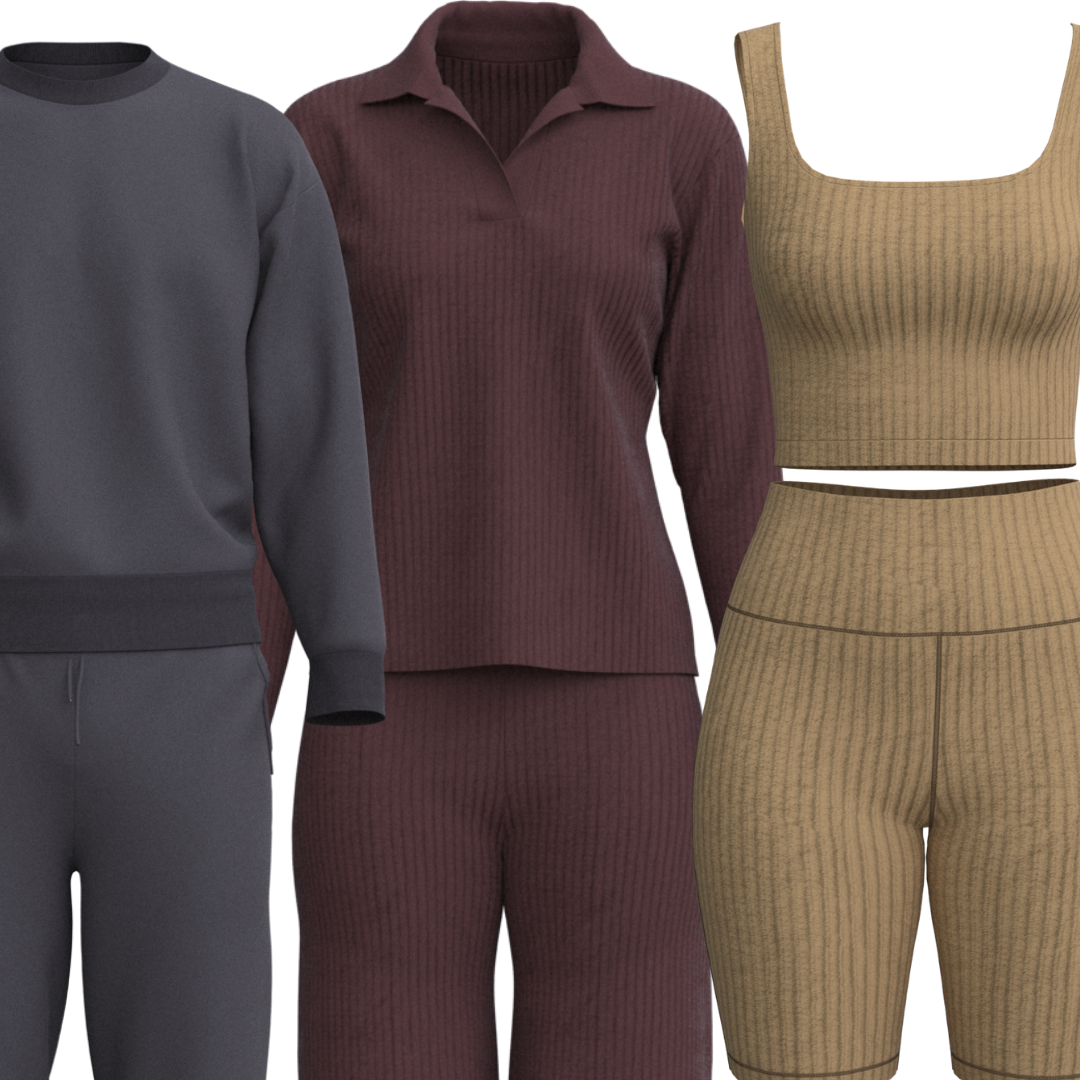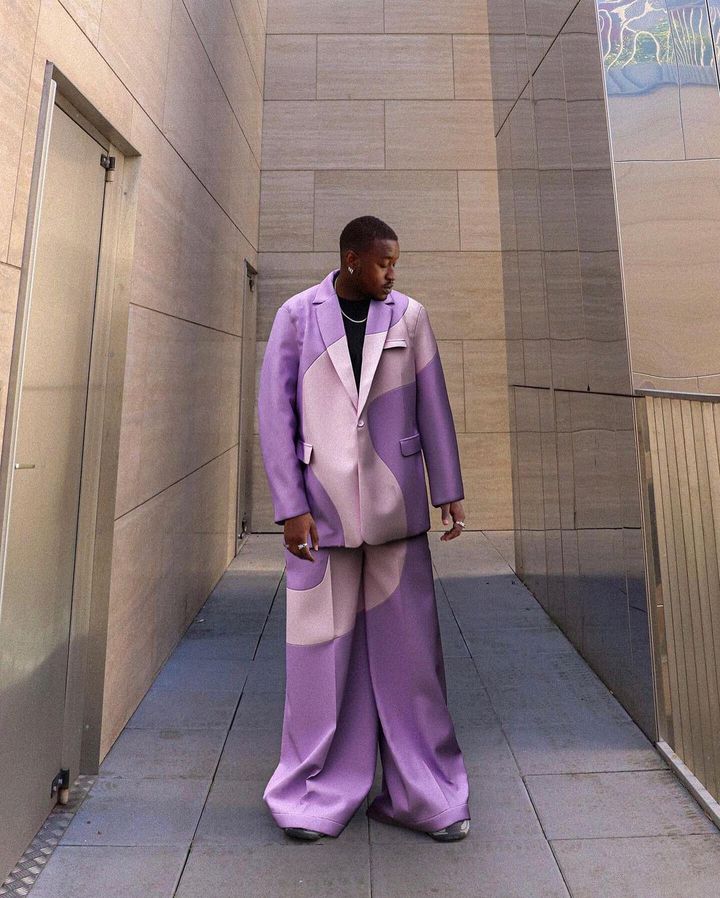How 3D Sampling Allows Fashion Brands To Reduce Waste
3D sampling in the fashion and apparel industry allows brands to visualize their products with different silhouettes, proportions, design details and colors before purchasing.

3D sampling has become an innovative tool to minimize the harmful effects of the fashion and apparel industry. This tool allows brands to create a virtual fit model of their product. With pressure coming from consumers demanding brands to practice sustainability and waste reduction, there is no better time to integrate 3D sampling into your brand’s production process.
According to the World Economic Forum, the fashion industry produces 20% of global water waste and 10% of global carbon emissions while sending 40 billion tons of waste to landfills each year. Much is said about keeping clothes out of landfills, but the waste generated from the design process should not be overlooked.
Traditionally, brands would go through a lengthy 12-step production process before receiving a final product. This process involves conceptualizing, researching, developing and completing a design before advancing to manufacturing, assembling, receiving feedback, further developing and finalizing the entire product. Throughout this process, brands typically receive at least four garment samples to ensure that they get their desired product.
Samples provide an essential opportunity to analyze what works before putting the design into production. However, the traditional method of prototyping and sampling is time-consuming and damaging to the environment. The time it takes to ship overseas nearly 12 stages of sampling to perfect fabrication, construction, garments specs and garment quality form a large part of the product development process. Additionally, the process increases carbon emissions, fabric waste and production lead times that can be easily reduced with 3D sampling.
Optitex, a leader in digital innovation, reported that $6 to 8 billion is spent on physical sampling in the apparel industry each year. This sampling is often done to generate mock-up products, which are then fitted, photographed and generally have no value beyond that. These samples usually end up being burned or thrown away in landfills. According to the EPA, landfills received 11.3 million tons of textile waste. To minimize the adverse environmental impacts from production, brands must take alternatives to traditional sampling methods into account.
Companies like Clo 3D, Optitex and Marvelous Designer produce photo-realistic renders of garments that can help decide silhouette, proportion, design details and colors. Making adjustments to a sample used to require restarting the production process, but making changes with 3D sampling is much simpler and can reduce physical samples by 50%, according to Optitex. Introducing flexibility earlier in the product development stage creates a space for experimentation while mindful of material consumption.
Not only does 3D sampling create less waste, but the visuals generated from the 3D simulations can also be used to drive marketing and e-commerce. The marketing team can showcase all the variations of a collection and brands can easily see a photo-realistic version of product variations - eliminating the need for photoshoots. Brands can easily promote products through their website or social media channels and purchase them as needed before a physical product is created.
As for consumers, the pandemic accelerated their familiarity with digital platforms, virtual reality and augmented reality tools. Increased digitization will be central to the post-pandemic future of fashion. This shift is happening and brands must explore the opportunities to digitize their sampling processes now or risk being left behind.
Dhakai’s Starter Package offers 3D sampling and makes it easy for small businesses to take steps towards sustainability from the start. Our simplified production process allows us to get product samples in as little as two steps compared to the 12-step production process. Through our streamlined process, we simplify the supply chain by connecting businesses directly with verified manufacturers.
Get started with Dhakai’s Starter Package for your small business today and schedule a free consultation with our designer: Consultation Calendar




